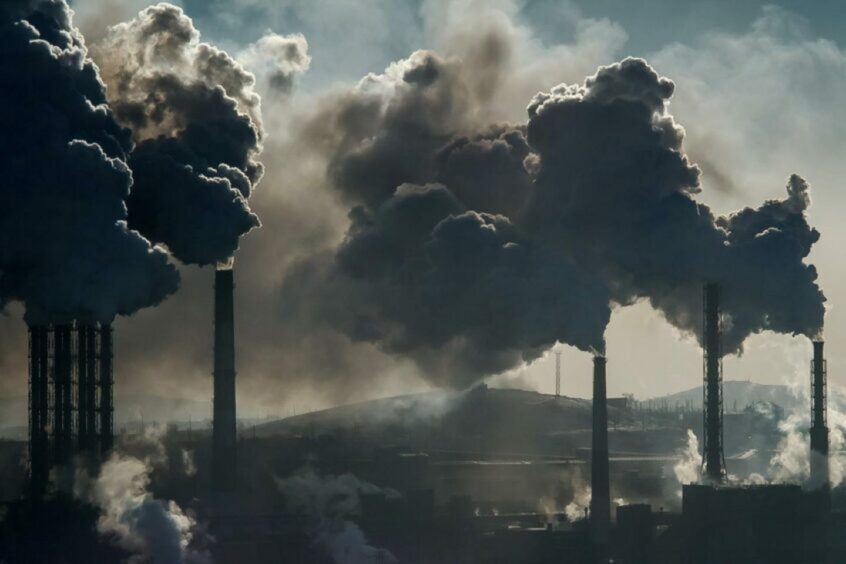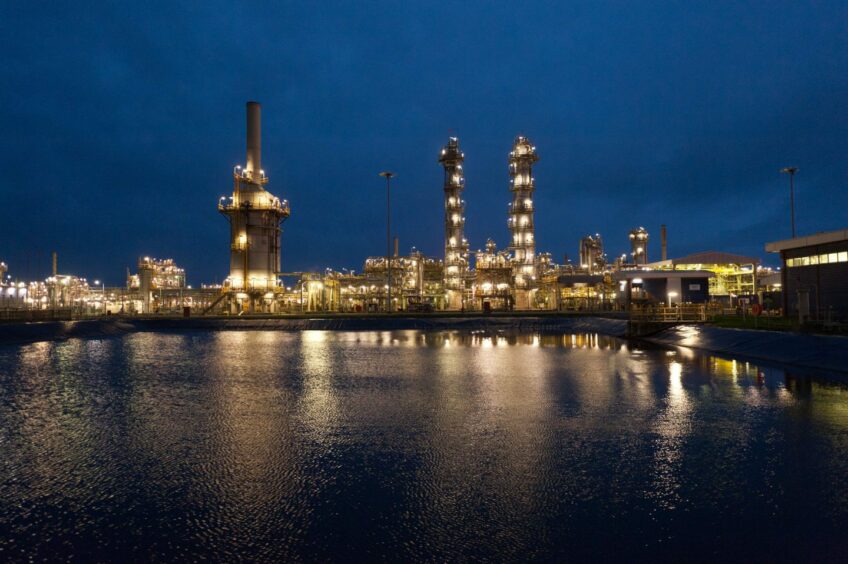
There are really two options for dealing with carbon emissions. You either avoid them by stopping the burning of hydrocarbons and using something else or, try to collect them as you produce them and hide them away somewhere in the hope they won’t escape. The latter being CCS – carbon capture and storage.
The big questions for me are a) which of these options is the most viable and safe, and b) which one can you deploy the fastest.
Either way, I’ve only ever been a grudging supporter of CCS. The concept of reusing old reservoirs to store carbon dioxide is not something I’m very comfortable with. It’s not unreasonable to be cautious with regard to sequestration because there are simply no guarantees that it will actually always work.
To be clear, I’m quite happy that in case of projects involving blue hydrogen production, such as Acorn near at Peterhead on the north-east coast of Scotland, the reforming process will work because it’s effectively tried and tested, and we need the hydrogen. I’m also sure the carbon capture bit will work, but it’s the sequestration element that makes me incredibly nervous.
Whilst I’ve always respected those involved in subsurface sciences and reservoir engineering, we all know they’re not infallible. There are too many examples of wells coming up dry or reservoirs underperforming to be convinced this is an exact science and I don’t know anyone who believes it’s risk free.
But that’s OK because it’s also often the case that wells perform better than expected, or reservoirs turn out to be much larger than was first thought. Of course, nice surprises are always better than nasty ones, but if you end up with the latter you always have the opportunity to go and drill somewhere else.
Not the case with carbon sequestration though. If you get the science wrong here, then the whole project fails and there’s even the danger of major releases of a greenhouse gas into the atmosphere. I’m not at all happy with that.
The Institute for Energy Economics and Financial Analysis (IEEFA) in the USA conducts research and analyses on financial and economic issues related to energy and the environment. In 2022 the IEEFA looked at the capacity and performance of 13 flagship CCS projects and found that 10 of the 13 failed or underperformed against their designed capacities, mainly by large margins. This doesn’t improve my confidence.
So, when I reflect on this in the wee small hours, I can’t help but feel that our efforts and investment should not be going into CCS or so called “Direct Air Capture” (DAC) of CO2, but into the first option; namely stop burning gas and replace it with something else.
However, there’s another issue here which has to be mentioned because of the concern over achieving a “just transition”, and that is the real industrial benefit to Scotland if the Acorn project went ahead. In my view that benefit – as we’ve come to expect because of the UK’s allergic reaction to investment in manufacturing – is going to be extremely limited.
Touching also on DAC, I don’t think it unreasonable to suggest that the only logical use I see for this is to boost CO2 levels in large greenhouses or vertical farming installations. The increase in vegetable and fruit production that could trigger might go some way to compensating for the losses incurred in areas of the world whose growing capacity has been damaged by severe weather events caused by climate change. I’d like a domestic greenhouse version to help my tomatoes – any offers?
All that said I’m an ardent believer in the ability of science and engineering to resolve those issues, which send a shiver up our spine as CCS does for me. And it could well be that these are coming to our rescue once again.
Supposing we could produce hydrogen from natural gas without having to concern ourselves with the complexity, risk, and cost of capturing and storing the CO2 produced. This is something I could get behind, and it would blow the anti-blue hydrogen, oil and gas industry haters out of the water.
Well guess what – a German hydrogen technology company called Graforce GmbH has joined forces with the Australian company Worley to scale up something they call Plasmalysis or methane electrolysis technology. This technology can apparently transform liquified natural gas, flare gas, and other hydrocarbons into hydrogen without releasing CO₂ or other harmful greenhouse gases.
Graforce say plasmalysis requires only one-fifth of the energy to produce the same amount of hydrogen compared to water electrolysis, claiming a single 20 megawatt plant can convert about 70,000 t/y of methane into hydrogen and eliminate about 200,000 t/y of CO2 emissions.
The UK Government’s dithering over funding for the Acorn project could then be a blessing in disguise. I’d be tempted to go and talk to Graforce right now. Perhaps this is what Wood should be doing.
Recommended for you

 © Supplied by DCT
© Supplied by DCT © Supplied by Dick Winchester
© Supplied by Dick Winchester